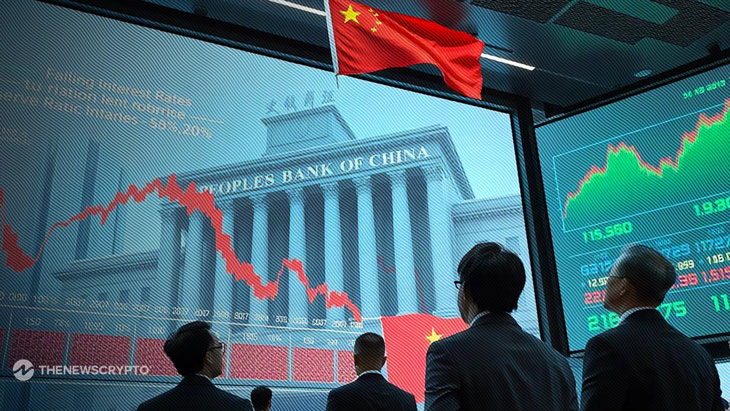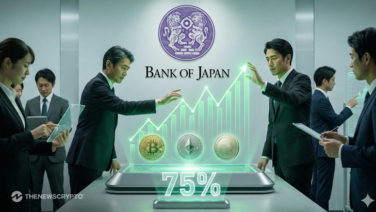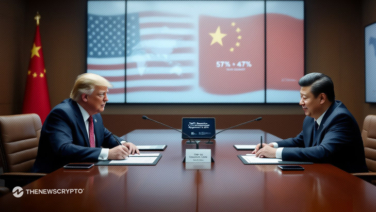- China’s stimulus is part of a broader strategy to stabilize the economy.
- PBOC cuts mortgage rates by 50 bps and reduces downpayment to 15%.
China has announced significant monetary easing measures, including multiple rate cuts and a reduction in banks’ reserve requirements, to stimulate its struggling economy. The People’s Bank of China (PBOC) will lower the reserve requirement ratio (RRR) for banks by 50 basis points (bps), which is expected to release approximately $142 billion into the economy. This move aims to increase lending capacity and boost economic activity. Further reductions in the RRR, ranging from 0.25 to 0.5 percentage points, may occur later this year depending on market conditions.
In addition to the RRR cut, the PBOC has lowered key interest rates to reduce borrowing costs. The seven-day repo rate, now serving as the benchmark, has been cut by 0.2 percentage points to 1.5%. Additionally, the central bank has reduced other interest rates, including those for the medium-term lending facility and loan prime rates, by 20-30 bps. This broad set of rate cuts aims to provide more liquidity to financial markets and support economic growth.
China’s Path to Economic Recovery
The PBOC’s measures also include efforts to address the property market downturn, which has been a significant drag on China’s economy. The central bank reduced the average interest rates for existing mortgages by 50 bps and lowered the minimum downpayment requirement to 15% for all types of homes. These changes form part of a broader package aimed at stabilizing the property market, which has experienced declining prices and demand since its peak in 2021.
Moreover, China has introduced two new financial instruments to support capital markets. A swap program valued at $71 billion will make it easier for funds, insurers, and brokers to access financing for stock purchases. Another initiative involves providing up to $42.5 billion in cheap loans to commercial banks to support share buybacks and other market activities. These measures come as the Chinese government looks to stabilize the economy amid broader global financial turbulence and internal economic challenges.
Economists have described these actions as China’s most significant stimulus package since the early pandemic era. However, analysts caution that more robust fiscal policies might be necessary to generate real economic demand and support sustainable growth.
Highlighted Crypto News Today
HKMA Launches Second Phase of e-HKD to Explore Digital Currency








